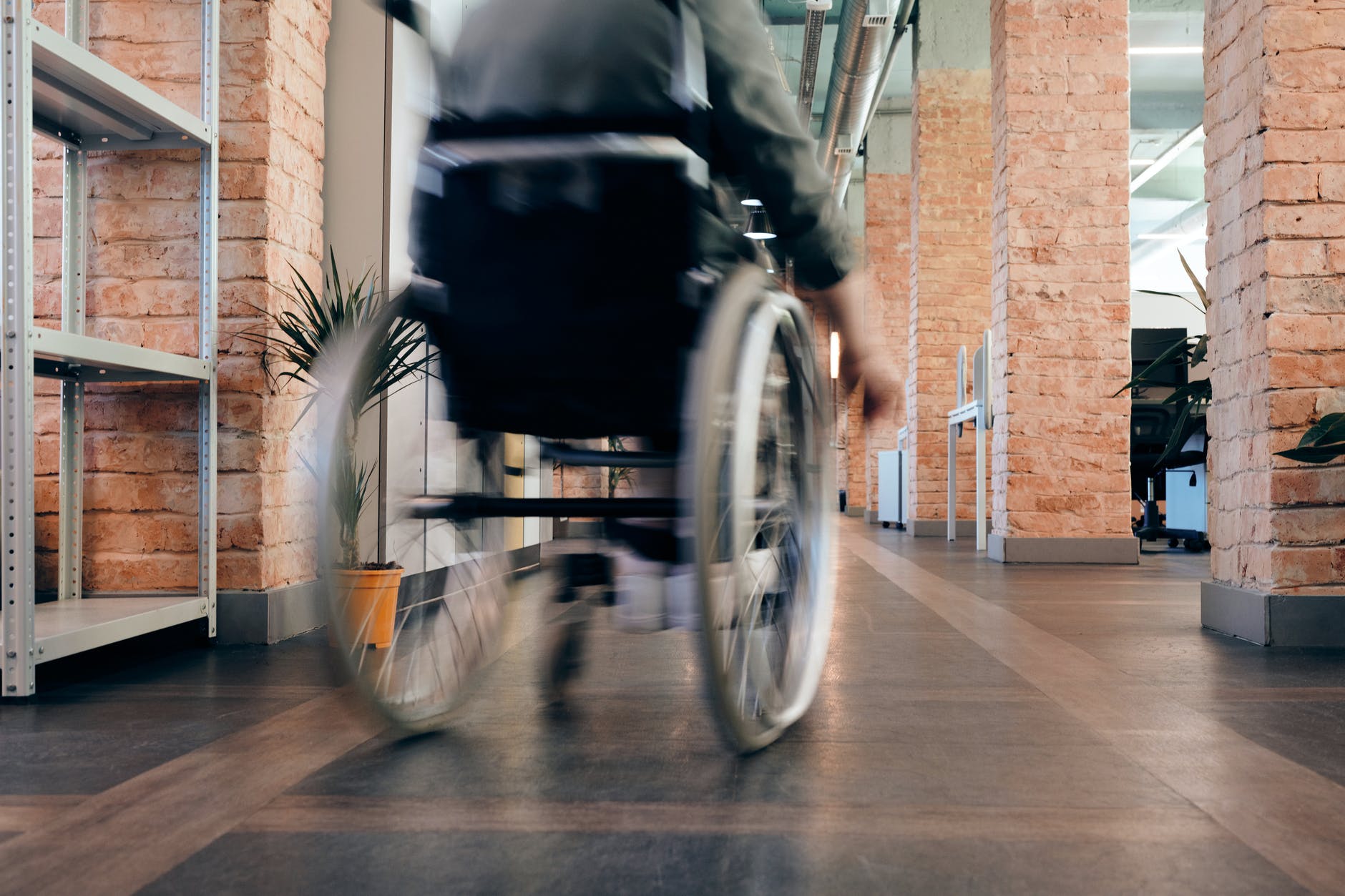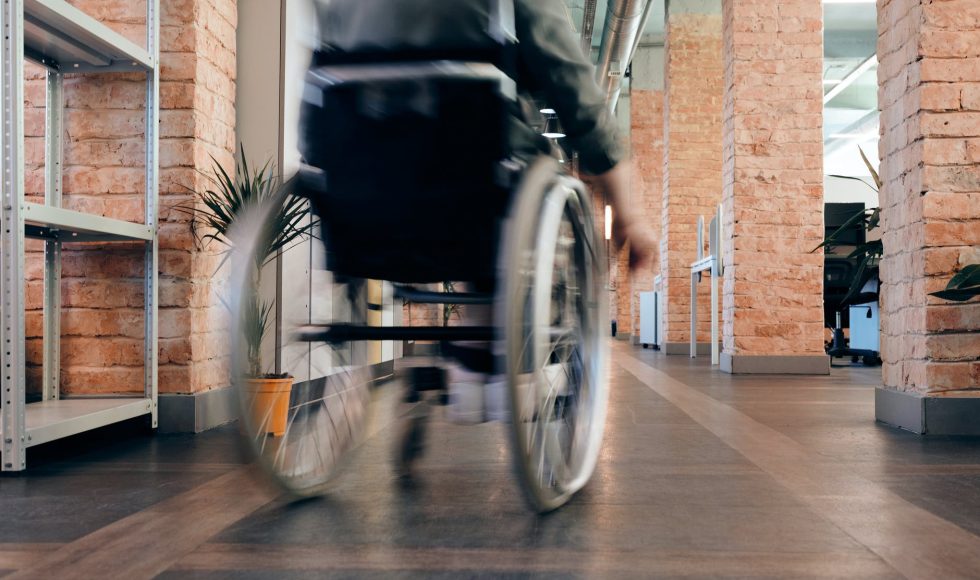Tonight I watched the Lilly Conference 2022 session entitled “Creating an Accessible Campus Culture with Disabled Students and Faculty” by Stephanie W. Cawthon, a professor at the University of Texas – Austin. Cawthon began by discussing the importance of accessibility and being deaf. They emphasized that accessibility is not a checklist and the need to shift mindset and culture to think about access. Cawthon explained that this was a pilot at UT – Austin with the goal to “design and pilot an innovative professional community model to increase the accessibility of learning environments for disabled students at University of Texas by leveraging technology and strengthening strategies, platforms, and resources.” This project was funded by Microsoft. Cawthon shared graphics and key points of “what we know” about students with disabilities: many college students and faculty do not disclose their disabilities, accessible learning requires more than accommodations and course retrofits, faculty learn with embedded iterative support, disabled students and faculty are at “the heart” of accessibility initiatives, and technology is a critical tool. The project is housed in the Texas Center for Equity Promotion TexCEP in the College of Education, and the design was based on an NSF-funded student-faculty learning community model at NTID in RIT. In the program, faculty members are paired with disabled students who are “empowered to coach, research, and support.” I love this and wonder how are students participating supported. Cawthon shared video clips from faculty and student coaches sharing why they became part of this project. According to Cawthon, the project had 45 people across 25+ departments who collaborated for 550+ hours. Cawthon also mentioned that this pilot lasted about a semester! Wow! The student coaches were not students of the faculty in the program. January and February were devoted to planning, in March and April coach-faculty pairs met and discussed topics, and the goal was to devote time in May to reflect and move toward implementation. One faculty member reflected that the experience helped them think about accessibility in more “bite-sized” elements that could be improved. Cawthon shared their current and future goals of presentations and training, a website hub, a Canvas LMS template, “snackable” infographics, curated strategic resources, and advocacy resources. Cawthon closed by highlighting the need to put students with access needs in positions to make decisions and that this work requires a team. I enjoyed this session and got several ideas for activities we could do on our campus and with RLOE! I also signed up for Cawthon’s newsletter.



